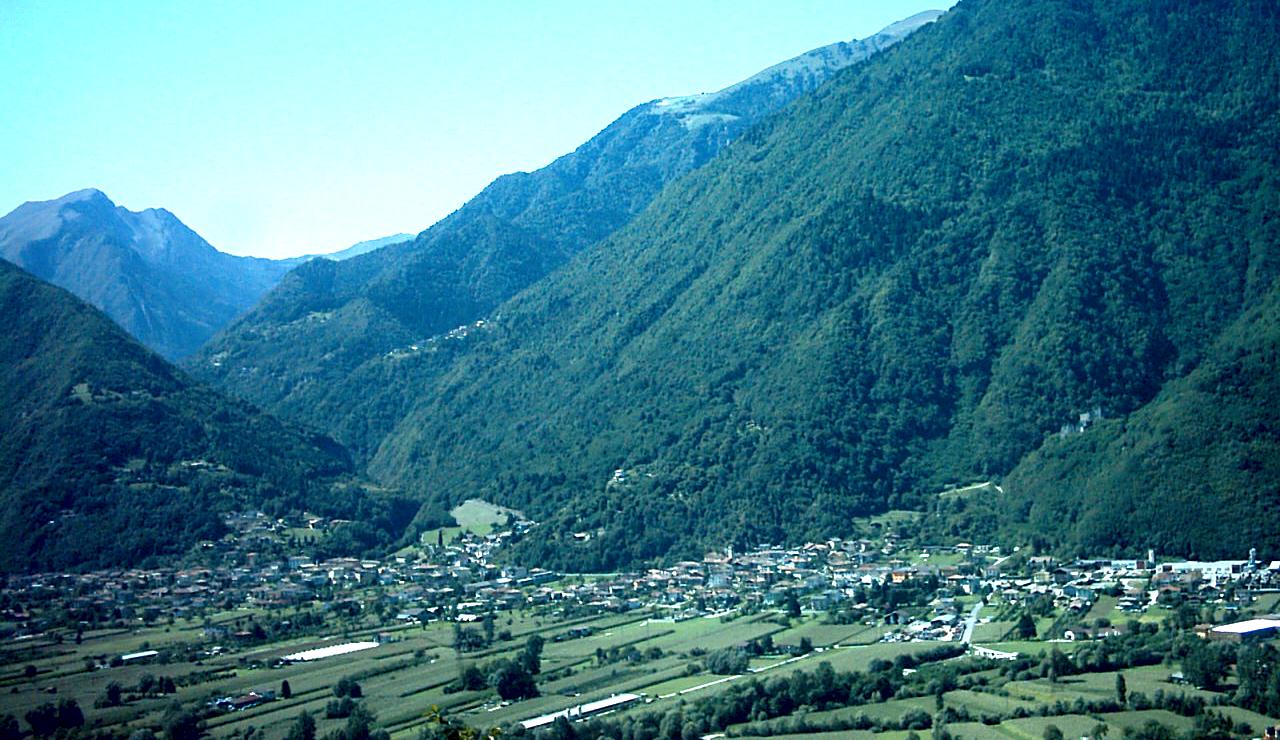The Lodrone di Storo landslide, 2000
A landslide of 500 thousand cubic metres of earth and rocks loomed high over Lodrone and its two thousand inhabitants. Lodrone belongs to the municipality of Storo in the province of Trento (Italy), not far from the border with the province of Brescia.
The alarm was raised in September 2000 by a hunter who had noticed a number of deep cracks in the ground on the right-hand side of the Santa Barbara valley, as well as an unusual abundance of water in the Santa Barbara river itself.
In their first checks, the geologists from the Autonomous Province of Trento suggested a hypothesis, subsequently confirmed by the Law Court technicians, that the new springs might be fed by leaks in the pipes carrying water from the basin to the Caffaro Energia’s hydroelectric power station.
“The landslide – according to the experts – is unlikely to endanger the inhabited areas. However, the material could end up in the river and divert the water towards the village. In this case, the devastation would be huge”.
The thesis according to which the landslide was caused by leaks of the pipeline which conveyed water to the Caffaro Energia’s power plant was confirmed by two condemnation sentences pronounced respectively by the Court of Assizes and the Court of Appeal against three managers of this hydroelectric plant who were found guilty of culpable disaster.
The Caffaro Energia society had also to pay compensation to the Municipality of Storo and the Autonomous Province of Trento who had to order the evacuation of the population from the village and carry out safety measures in the area at risk.
Clearly, there are analogies between the Lodrone landslide and the Vaiont and Stava tragedies.
Is leaking water from the Caffaro power station truly to blame? Is it true that no maintenance or checks have been carried out for the last forty years, as maintained by the Mayor of Storo?
If that were the case, those in charge of maintenance and conducting checks have paid little or no attention to the impact of these leaks upon the stability of the slope or to the safety and security of the people living there.

